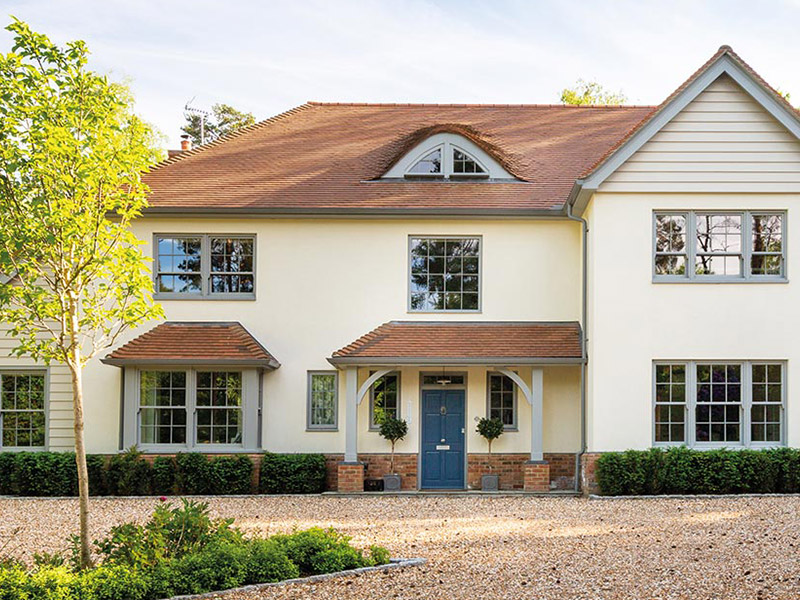Introduction
Double glazing is a popular home improvement that involves installing two panes of glass in a window frame, with an air or gas-filled space in between. This design significantly enhances thermal insulation, reduces noise pollution, and improves energy efficiency in residential and commercial buildings. This report explores the processes, benefits, challenges, and considerations involved in double glazing installation, providing a comprehensive overview for homeowners and industry professionals alike.
Understanding Double Glazing
Double glazing consists of two glass panes separated by a spacer bar, which creates an insulating air gap. The space between the panes can be filled with argon or krypton gas, which further enhances thermal performance. The glass used can also be treated with low-emissivity (Low-E) coatings to reflect heat back into the room, improving energy efficiency.

Benefits of Double Glazing
- Energy Efficiency: Double glazing reduces heat loss in winter and keeps homes cooler in summer, leading to reduced energy bills. This is particularly beneficial in regions with extreme weather conditions.
- Noise Reduction: The two layers of glass and the air gap effectively dampen external noise, making homes quieter and more comfortable.
- Increased Security: Double-glazed windows are harder to break than single-pane windows, providing an additional layer of security against intruders.
- Condensation Reduction: The insulating properties of double glazing help reduce condensation on windows, preventing mold growth and improving indoor air quality.
- Enhanced Aesthetics: Double-glazed windows are available in various styles and finishes, allowing homeowners to enhance their property's appearance while improving functionality.
The Installation Process
The installation of double glazing involves several steps, which are crucial for ensuring optimal performance and longevity.
1. Assessment and Measurement
Before installation, a thorough assessment of the existing windows is necessary. This includes measuring the dimensions of each window frame and assessing the condition of the current glazing. Homeowners should also consider the style and type of double glazing that best suits their needs.
2. Choosing the Right Double Glazing
There are various types of double glazing available, including:
- Standard Double Glazing: Offers basic insulation and noise reduction.
- Low-E Glass: Coated to reflect heat, improving energy efficiency.
- Acoustic Glass: Designed specifically to minimize noise.
- Self-Cleaning Glass: Has a special coating that breaks down dirt and grime, making maintenance easier.
3. Preparation
Once the type of double glazing is selected, the existing windows must be prepared. This may involve removing old frames, cleaning the area, and ensuring the structural integrity of the window openings.
4. Installation
The actual installation process includes:
- Fitting the Frame: The new double-glazed units are fitted into the existing or new frames.
- Sealing: Proper sealing is essential to prevent air and water leaks, which can compromise insulation.
- Finishing Touches: This includes adding trims and ensuring that the windows are properly aligned and operational.
5. Post-Installation Checks
After installation, it is crucial to conduct checks to ensure that the windows are functioning correctly. This includes checking for drafts, ensuring the seals are intact, and testing the operation of any opening mechanisms.
Challenges and Considerations
While double glazing offers numerous benefits, Clean-Pro there are challenges and considerations that homeowners should be aware of:
- Cost: The initial investment for double glazing can be significant. Homeowners should consider long-term savings on energy bills against the upfront costs.
- Installation Quality: Poor installation can lead to issues such as leaks and condensation. It is essential to hire qualified professionals for installation.
- Building Regulations: Depending on the location, there may be building regulations and standards that must be adhered to when installing double glazing.
- Aesthetic Impact: Some homeowners may be concerned about how double glazing will affect the appearance of their property, especially in heritage areas. It is important to choose styles that complement the existing architecture.
Maintenance of Double Glazing
Double-glazed windows require minimal maintenance, but regular checks can prolong their lifespan. Homeowners should:
- Clean the glass and frames periodically to remove dirt and grime.
- Inspect seals and gaskets for wear and tear.
- Ensure that drainage holes are clear to prevent water buildup.
Conclusion
Double glazing is a valuable investment for homeowners looking to improve energy efficiency, reduce noise, and enhance security. The installation process, while straightforward, requires careful planning and execution to ensure optimal performance. By understanding the benefits, challenges, and maintenance requirements, homeowners can make informed decisions about double glazing installation that will enhance their living spaces for years to come. The long-term savings on energy bills and the added comfort and security make double glazing a worthwhile consideration for any property owner.









